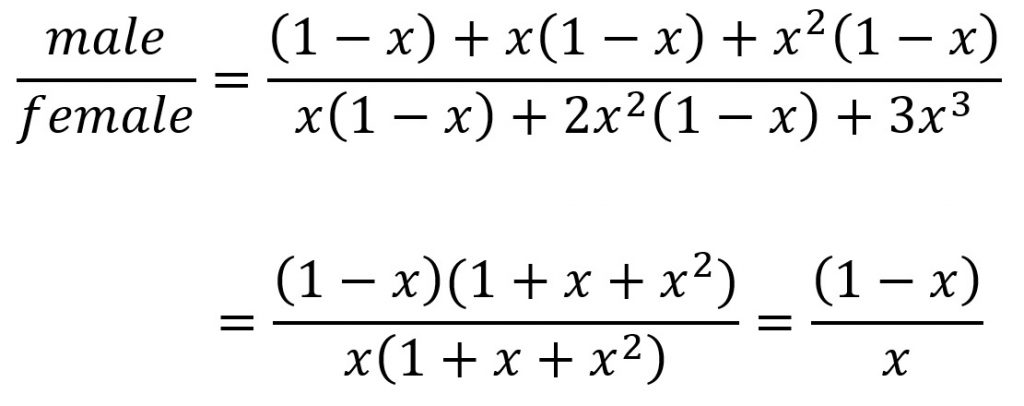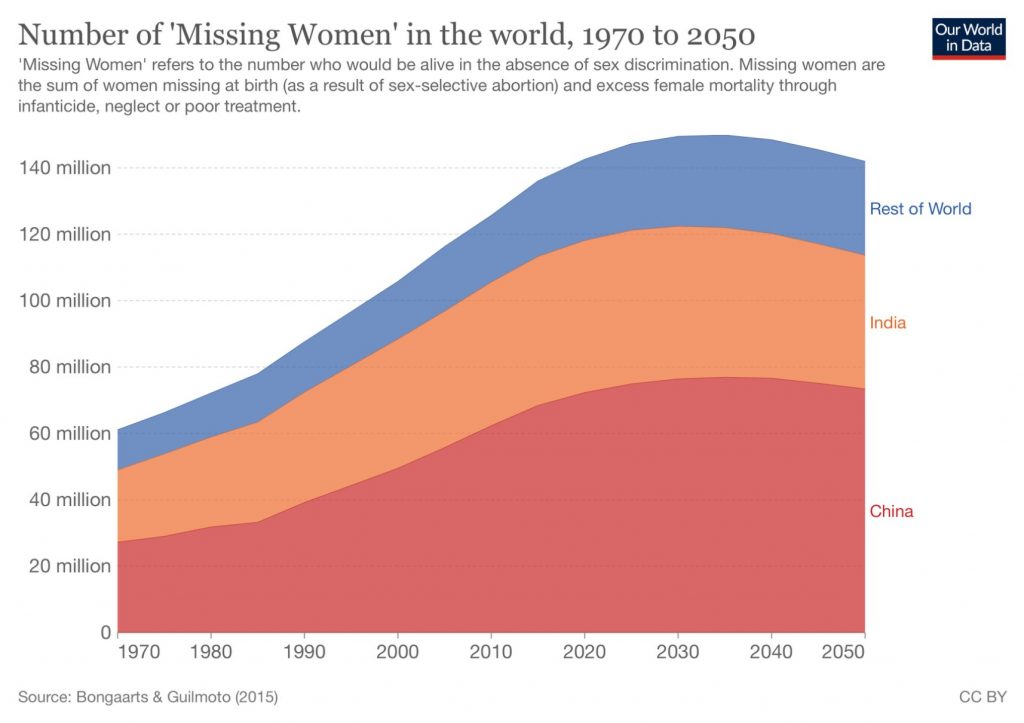Original link: https://blog.fivest.one/archives/6254
Many people attribute the disproportionate ratio of males to females for second and third births because “you want boys to continue having children.” –not like this. In terms of probability, simply choosing whether to continue to have children will not affect the natural sex ratio. What really led to the change in the sex ratio was the deliberate abandonment and harm of female fetuses.
It is well known that the sex ratio of newborns in China is disproportionate, especially in the second and third births.
The gender ratio of the sixth national census in 2010:
One child – male: female = 113 : 100
Second child – male: female = 130 : 100
Three children – male: female = 161 : 100
Among them, the sex ratio of three children in Beijing ranks first in the country, as high as 260:100.
When criticizing the phenomenon of patriarchal preference, many people interpret this disparity in the data as:
Because those families who especially want sons will be more active in having second and third children, so naturally the proportion of boys in third children is higher.
Not so.
In probability theory, each birth is an independent probability event. If it is simply to continue to give birth to a boy without intervening and screening the sex of the fetus at each birth, then the ratio of males to females will not change because of this.
Imagine a fertility strategy like this: in each family, if a boy is born, it does not continue; if a girl is born, it continues until a boy is born.
For each successful birth, the probability of giving birth to a girl is x, and the probability of giving birth to a boy is 1 – x. In the case of up to three births:

In all possible outcomes (blue boxes), the corresponding probabilities and the number of boys and girls are weighted and summed, and the ratio of male to female is:

The ratio of males to females for a single birth is exactly the same.
You can continue to calculate. Whether it is limited to the second, third, fourth, or unlimited number of births; whether it is the overall ratio of males to females, or the ratio of males to females calculated separately for the second or third child, if the reproductive process itself is not interfered with, the natural ratio of males and females will be That will never change.
Therefore, the disparity in the ratio of males and females in the statistics is by no means caused simply because “you want to have boys all the time”. What really changes the sex ratio is to treat male and female fetuses differently through technology or various other means during each birth. It may be for female abortion, it may be that only male fetuses are kept during IVF, or it may be abandoned, neglected, or even deliberately killed after giving birth to a female baby. Behind the statistics is a deeper sin than simply “continuing to have boys”.
Academically, this phenomenon is called Missing Women, which refers to the newly born women who have been “disappeared” because of the imbalance of the sex ratio, which is reflected in the statistics. China accounts for more than half of the more than 100 million “disappearing women” in the world.

This article is reproduced from: https://blog.fivest.one/archives/6254
This site is for inclusion only, and the copyright belongs to the original author.